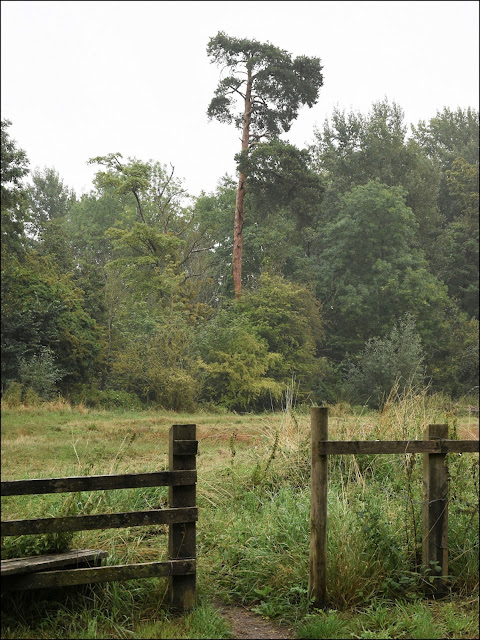"Outside of a dog, a man's best friend is a book. Inside of a dog it's too dark to read" - Groucho Marx.
A selection of the books I've read in the last few months:
Sometimes it's necessary to step off the normal path and explore something new. Here are three books in which the authors do exactly that.
The Seafarers: A Journey Among Birds - Stephen Rutt - Britain's seabirds occupy a difficult space. Of course they are not "our" seabirds at all; they merely visit us for a few weeks each year in order to raise their young. They cling (sometimes quite literally) to the cliffs, sea stacks and islands around our coasts, often in some of the least hospitable places. When Stephen Rutt tires of life in London he sets off to seek out these remote locations and get to know the birds that briefly reside there. It's not so much an ornithology book (though I certainly learnt much from it) as a travelogue to the remarkable edges of these islands.
Common Ground - Rob Cowan - Edgelands of a different sort are the destination of Rob Cowan; he explores an odd bit of wasteland on the edge of an urban location. It's become an almost "trendy" idea to regard these unattractive sites as havens for nature in recent years, with several books championing the cause. "Common Ground" makes the most complete and satisfying job of all of them, weaving nature, history, politics and his personal life into a beautiful whole.
Under The Stars: A Journey Into Light - Matt Gaw - Matt Gaw's untrodden ways are into the night-time darkness of these islands. You have to warm to Gaw for his complete honesty, whether he's recounting his irrational fear when spending a night in the forests of Northumberland or trying to interest his children in the stars (the ones in the sky rather than the ones on Twitter). Along the way he makes a powerful argument for preserving darkness from artificial lighting and appreciating its attractions.
Three novels that worked their way into my consciousness in different ways:
Fludd - Hilary Mantel - I should really have read at least one of Mantel's Booker Prize winners, but I'm always deterred by their sheer size. This little tale is more manageable for a slow and steady reader like me. The story revolves around a small church, hidden away in a moorland valley. It's supposed to be set in the 1950s but at times you'd think we were back in the Middle Ages. Fludd is the rather mysterious curate who appears to help out the crusty and difficult old vicar, though Fludd is clearly more than he first seems. Hilary Mantel says that its style is influenced by her childhood when all sorts of strange things seemed possible. What evolves is something akin to a modern morality tale that is full of sly, wicked humour.
The Island - Ana Maria Matute - When a book turns up on Penguin Modern Classics and I've never heard of it, or its author, I see it as my duty to investigate. On the surface it's a little coming of age story set against the backdrop of the Spanish Civil War, though the unrest is just a shadow that falls across the island on which the action takes place. The writing is superbly evocative, especially the powerful portrait of the elderly aunt who seems to pull the strings of everything that happens on the island, and I've been looking for translations of other books by the same writer, though none seem to be available.
And now three about the evolution of new ideas in different centuries:
Darwin's Most Wonderful Plants - Ken Thompson - Charles Darwin was also a scientist who had to wrestle with the religious implications of his work, most obviously in The Origin Of Species. But Darwin was interested in a wide range of other topics, in fact he could not prevent himself from investigating anything which grabbed his attention. Darwin did not have the technology to answer many of the questions that he posed for himself, but was ingenious in his approach to botany by what was little more than the intelligent and obsessive pursuit of gardening.
Where Do Camels Belong? - Ken Thompson - Not the deserts of North Africa and the Middle East; they're relative newcomers there. They evolved first in North America, of all places. Most members of their family can now be found in S America (llamas, alpacas etc). The only Dromedaries living wild nowadays are in Australia. From this bewildering series of contradictions Dr Ken Thompson goes on to investigate the science of "invasive species". To people like me who've grown up (and grown old) believing that "invasives" are always a "bad thing", this is a refreshing and enlightening volume.
The Rosie Trilogy - Graeme Simsion - Don Tilman, the fictional central character in these three books, is also a scientist. Like many outstanding brains, his is firmly on the Autistic Spectrum, a fact that is obvious to everyone else in the story - except to Don himself, of course. At the age of 39 he decides that he ought to find himself a "life partner" and he sets out on his project. His logical brain suggests to him that the most effective way of doing this is to prepare a questionnaire which he will distribute to potential partners, he will then apply scientific method to the answers to find the most compatible person to be his wife. What could possibly go wrong? While pursuing the ideal partner he falls in love with Rosie, who may be the least compatible person in the world. I must admit that romantic comedies are not my usual reading matter, but I found these brilliant, not only for the comedy (which was hilarious) but also for the serious points which it makes about our attitudes towards people who have Autism as their superpower.
Take care

























































